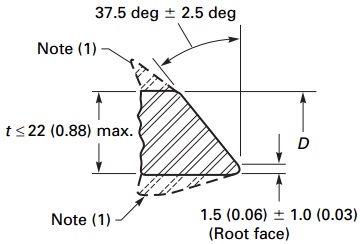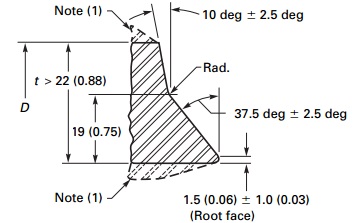salgu
Mechanical
- Jan 10, 2021
- 5
How much time require to weld 18" Pipe and 34 mm thickneess
Follow along with the video below to see how to install our site as a web app on your home screen.
Note: This feature may not be available in some browsers.



